Ranger’s House/Wernher Collection, London
A review of an outing to English Heritage’s Ranger’s House and Wernher Collection, on the border between Blackheath and Greenwich Park. A homeless collection and a collection-less house: a match made in heaven?
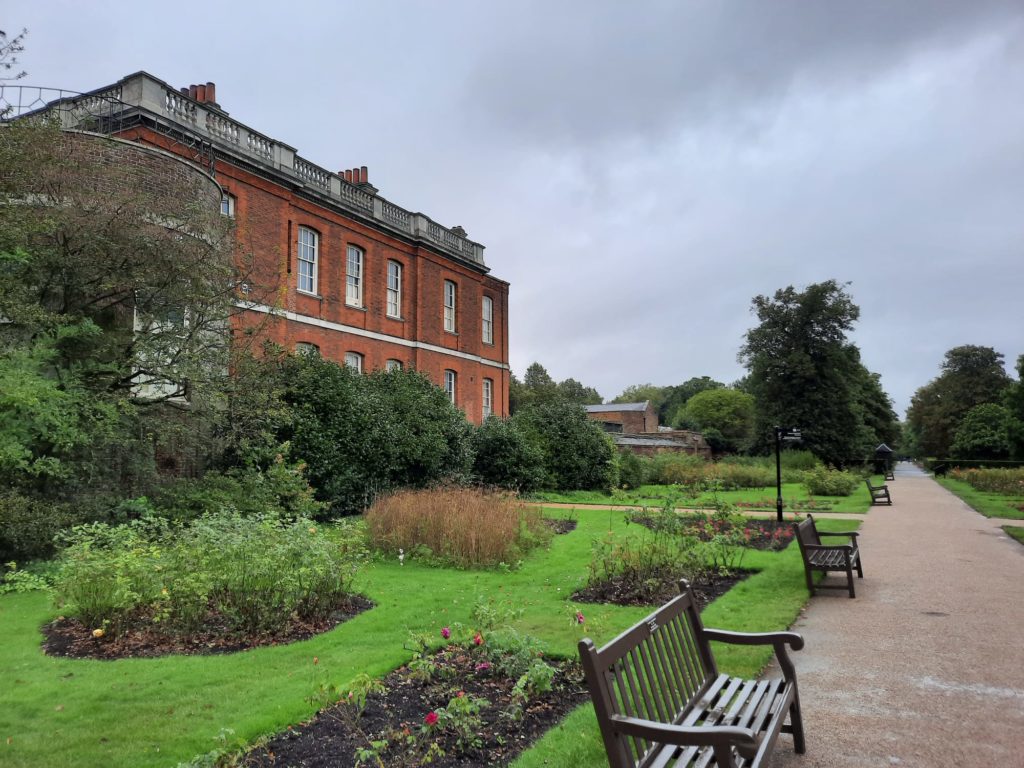
Ranger’s House – A History
Have you heard of the Ranger’s House? I don’t blame you if you haven’t, I’m sure many life-long Londoners have never heard of it either. That’s part of the beauty of London: you can be an avid culture vulture for years and never exhaust what’s on offer!
So anyway, the Ranger’s House. You may remember that when we visited the Queen’s House in Greenwich, I mentioned that it had served at one time as home to the Ranger of Greenwich Park. I was naive enough at that time to believe that the Ranger of Greenwich Park was actually a… park ranger of some kind. These days there are real park rangers. But back then the Ranger with a capital R was an honourary title. Basically a way for the monarch to gift a friend or relative a nice home with no official duties. The first Ranger of Greenwich Park was Charles Sackville, 6th Earl of Dorset, in 1690.
The current Ranger’s House was not always the Ranger’s House. It dates to the early 1700s; built for Vice Admiral Charles Hosier, and later known as Chesterfield House after the 4th Earl of Chesterfield, who inherited the lease in 1748. There have been various extensions to the house over time, as well as encroachments into Greenwich Park. What we see today is a handsome Georgian villa; one of many which once occupied the edge of Greenwich Park and Blackheath. In 1902 London County Council purchased the house, and turned it into a sports facility and tearooms. It has been in the care of English Heritage since 1986. And featured in Bridgerton’s first series in 2020/21, so I guess has enjoyed many new leases on life over the years.
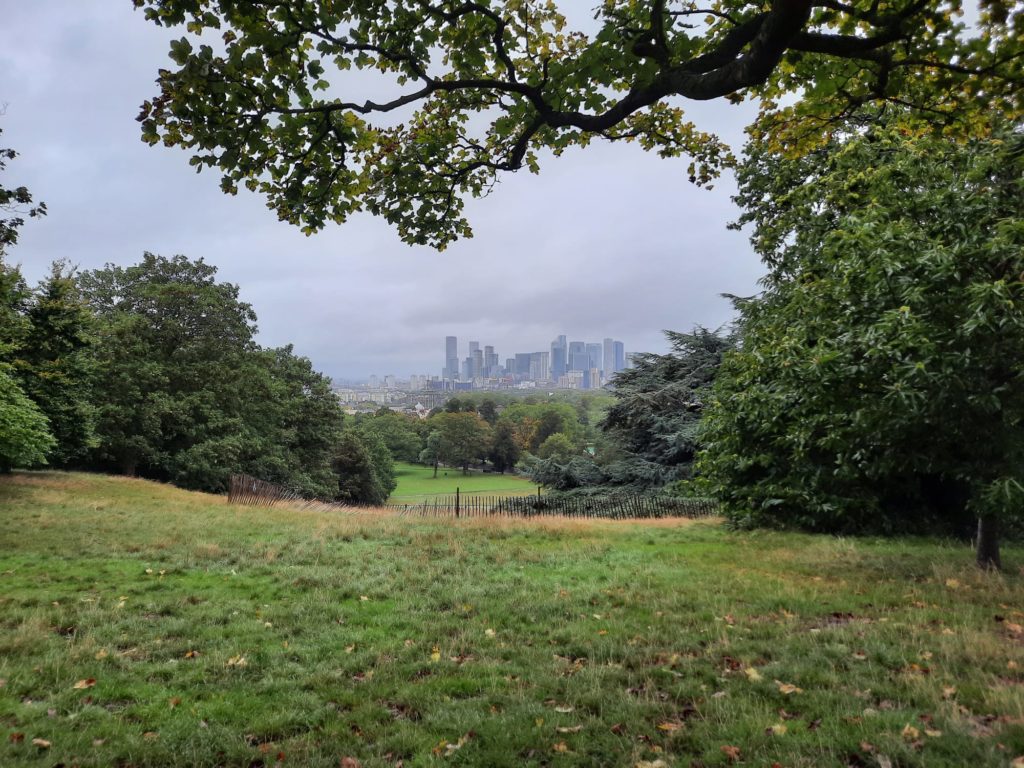
The Wernher Collection – A History
So that is how English Heritage ended up with a historic house with no collection. Now for the story of a collection with no home. Sir Julius Wernher was a German-born businessman. He made his money through South African diamond mines (more on this later) and a good head for business. With this wealth, he amassed a collection of fine and decorative arts; paintings, bronzes, ceramics, jewellery, furniture. The collection leans heavily towards Renaissance works, with a good dose of French 18th Century thrown in for good measure. Sir Julius particularly liked what he called the ‘splendidly ugly’. Think lots of momento mori with skulls and dead bodies, dishes with eels squirming across them – that sort of thing. It creates a real ‘Wunderkammer‘ aesthetic when displayed together.
The English Heritage website is rather coy on the subject of how the Wernher Collection ended up having to be ‘saved for the nation’ in the early 2000s. But I found this article which fills in some gaps. Essentially, in the 1990s Wernher’s great grandson died, leaving behind debts. The easiest way to remedy the situation appeared to be to sell to a foreign institution or collector, with the family grumbling about how difficult it was to keep it in the UK. The UK’s export licence policies allow a bit of time for creative solutions before major works or collections leave the country, however. English Heritage was thus able to come up with a deal that I believe involved loaning money to the family, in return for loaning the collection to English Heritage for 125 years.
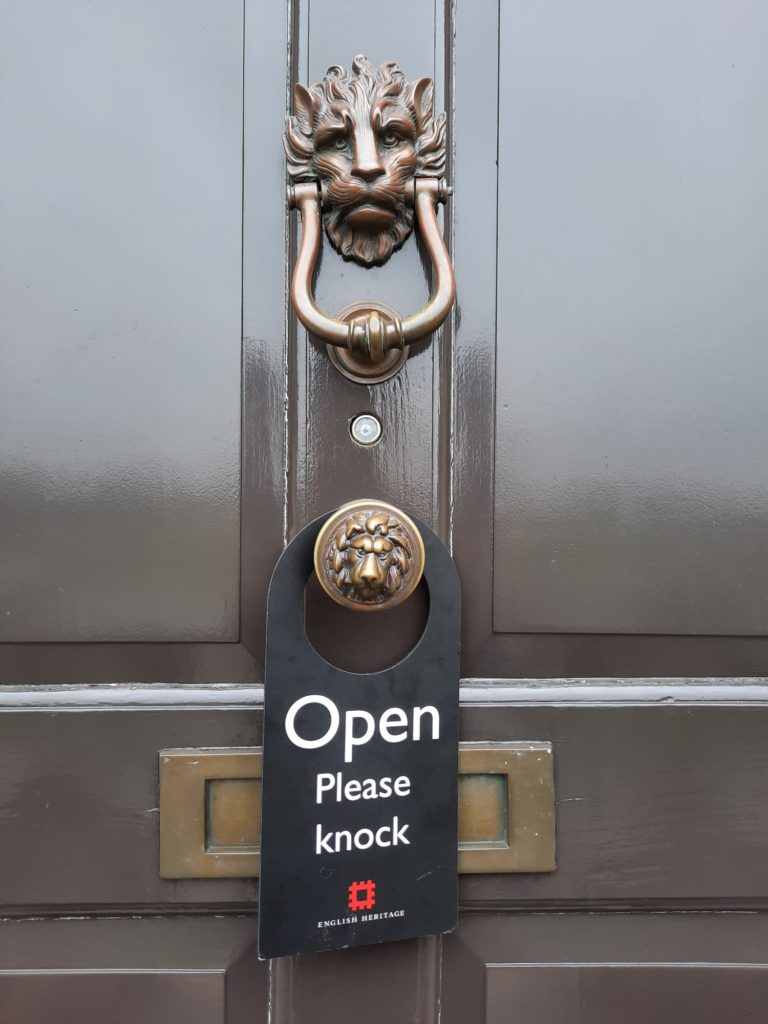
Confronting A Difficult History (Or Not)
So there we go: collection-less house and homeless collection. It would seem to be the perfect match. I had read a bit of this background before deciding to go and visit the Ranger’s House. As a result, there were two questions I was particularly interested in. Does this combination of unrelated house and collection work? And how does English Heritage handle the fact that Wernher amassed his wealth in a way that we might today consider to be ‘problematic’? The latter question is the more interesting to me, so let’s look at that first.
I expected at least some acknowledgement of the difficult history of diamond mining. Maybe not so far as to really delve into the unequal power relationships that allowed Wernher to amass huge personal wealth from South African labourers. But at least an acknowledgement that it was difficult. I was surprised that it was almost entirely left as an elephant in the room.
Or maybe even worse: the website and one of the texts in the house acknowledge the terrible conditions at Kimberly when Wernher arrived there, and quote an observation of his: ‘Daily, men, carts and horses hurtled into the depths, and were dashed to pieces.’ It sounds horrifying. But nowhere do they seem to go deeper than that. Did Wernher try to improve conditions? Did he even think that the daily deaths were bad? I would assume so, but I haven’t been given any evidence to confirm or deny!
I imagine that English Heritage has to take into account that the collection is still displayed courtesy of the Trustees of the Wernher Foundation (that is also the reason photographs aren’t allowed inside). With many of Wernher’s contemporaries being reassessed, I wonder whether things may change in the not too distant future?
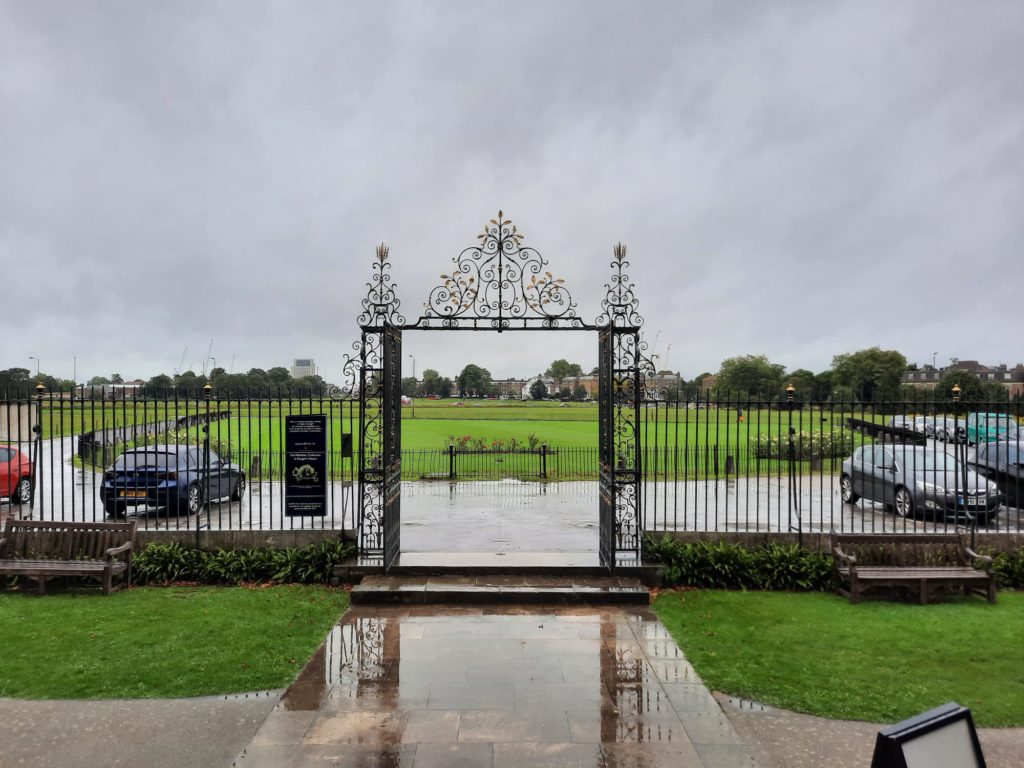
Heritage Worth Seeing?
So the final question is: do a collection-less house and a homeless collection combine to create a worthwhile visitor experience? To answer this I am compartmentalising the first question above, and just thinking about it from the perspective of the historic homes I have visited recently.
I think the answer is more or less yes. The Wernher Collection doesn’t need to be displayed like this; it could equally be a couple of rooms in a museum. But English Heritage have used photos of the Wernher’s homes to contextualise how Sir Julius chose to display his collection. If you remove the meta-layer of how they interpret the collection as a whole, the groupings they have chosen and the information provided are interesting and provide insights into Renaissance (and later) artists and techniques.
It’s probably the Ranger’s House that suffers. There is very little information on the use of the house itself, aside from in the first and last rooms. The majority of the visitor experience is very much the Wernher Collection, and not how the house’s inhabitants used or decorated the spaces. I thus circle back to the Queen’s House as a good example of how you can provide information at different levels; original uses vs. what is now on display in a particular room.
So if you love morbid Renaissance trinkets and good quality artworks, then the Ranger’s House might be for you. You will need to be able to overlook some of that difficult history I touched on, so if you like your cultural experiences on the ‘woke’ side, then keep looking. This is definitely somewhere to visit in an ‘art for art’s sake’ frame of mind.
Salterton Arts Review’s rating: 3/5
I go and see (almost) everything there is to see in London, so you don’t have to. Read about it from the comfort of your home by signing up below:
If you see this after your page is loaded completely, leafletJS files are missing.

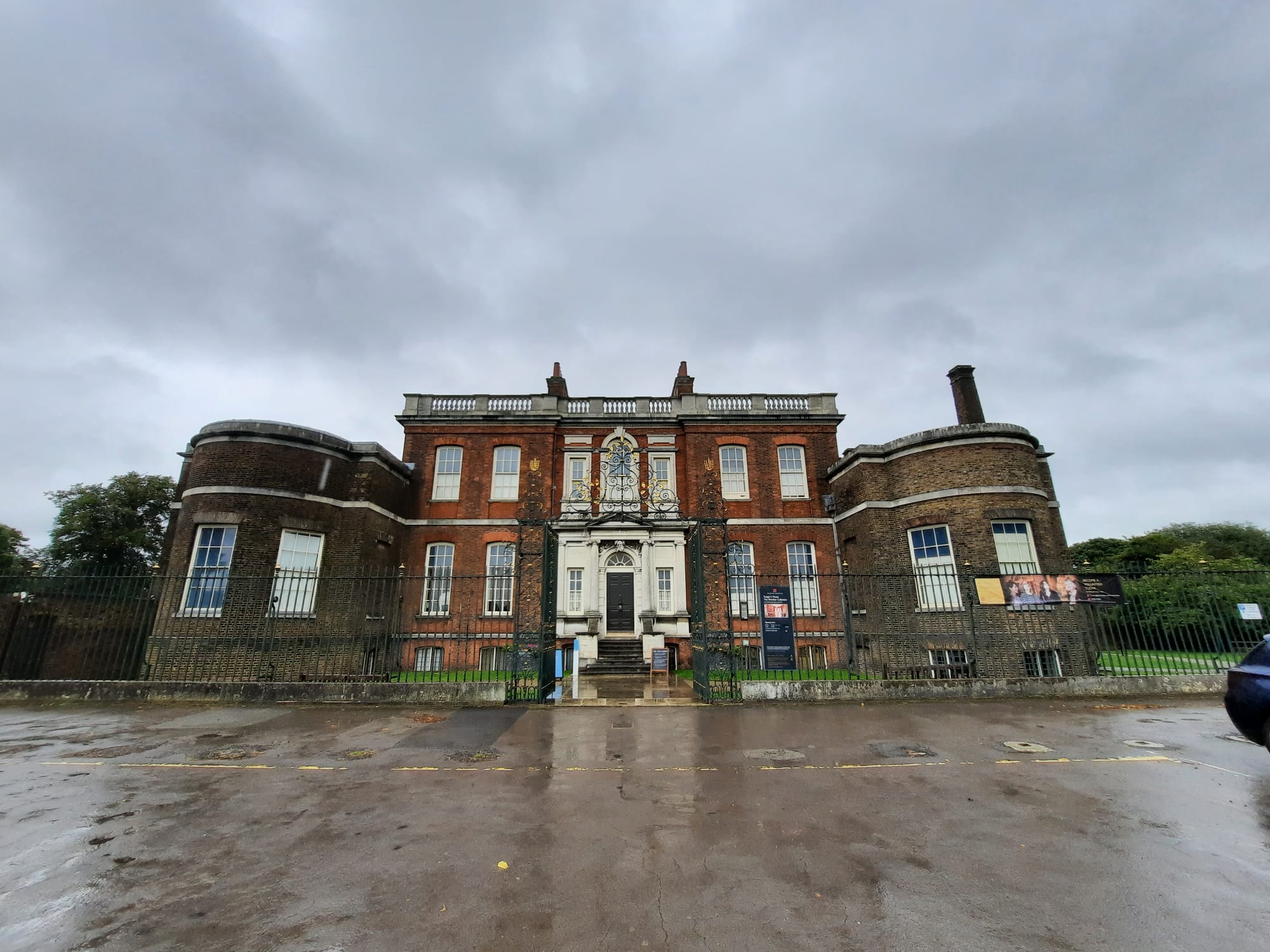
One thought on “Ranger’s House/Wernher Collection, London”